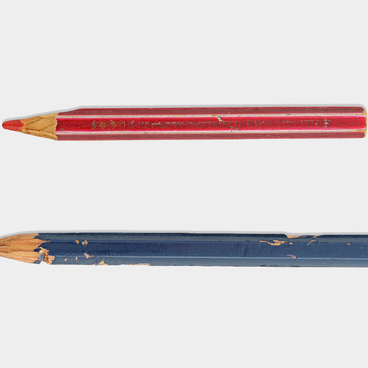Mikhail Bulgakov moved into the apartment on Bolshaya Pirogovskaya Street in August 1927 to live there for almost seven years. Here the writer got his first own study and wrote the plays “The Flight”, “The Cabal of Hypocrites”, “Beatitude”, “Adam and Eve”, and a biography of Moliere for the series “Life of Outstanding People”. It was also here that Bulgakov burned a draft of a “novel about the devil”. It was an early version of “The Master and Margarita”.
Bulgakov became able to rent a separate apartment after the success of his play “The Days of the Turbins”. The writer had heard about a spacious apartment available on the ground floor of the Reshetnikov residence on Bolshaya Pirogovskaya Street from Rosa Ginzburg, a friend of his and a surgeon. The apartment had three rooms with windows overlooking Bolshaya Pirogovskaya Street, a kitchen, a bathroom and an anteroom.
The building was first constructed in 1862 and belonged to the merchant Ivan Reshetnikov until the revolution. After 1917 the property was nationalized. In 1924, Adolf Stuy, the leaseholder, architect and developer, began to rebuild the house in order to rent out separate rooms. Stuy himself lived on the first floor, and the Reshetnikovs kept the living room with columns on the second floor. Mikhail Bulgakov’s second wife, Lyubov Belozerskaya, in her memoirs referred to a legend, according to which there was a chapel of Grigory Rasputin in the building before the revolution.
Belozerskaya liked to walk around the neighborhood. “If you go out of our house and look to the left, you will see a graceful six-story bell tower and the outline of the Novodevichy convent. It is an exceptionally beautiful place. Perhaps one of the best in Moscow,” she wrote in her memoirs.
In 1934 Bulgakov moved out of the apartment on Bolshaya Pirogovskaya together with his third wife Yelena Shilovskaya. After his departure, the house was rebuilt several times. In 1959, three more floors were added, the building was equipped with an elevator and a garbage chute, and the staircase near the entrance to the museum was dismantled. Later, from the 1970s to 2016, the ground floor was used as the housing maintenance office. During this time, the premises were extensively remodeled: the walls were displaced, the window in Bulgakov’s study was enlarged, and all the ovens were dismantled. The writer’s second wife, Lyubov Belozerskaya, had dreamed of opening a memorial museum on the site of the apartment at 35a Bolshaya Pirogovskaya Street, but it did not happen until 2021.
The photo presented in the exhibition shows the
room that once housed Bulgakov’s office. This is how it looked when the
founders of the future museum on Bolshaya Pirogovskaya Street found it.

